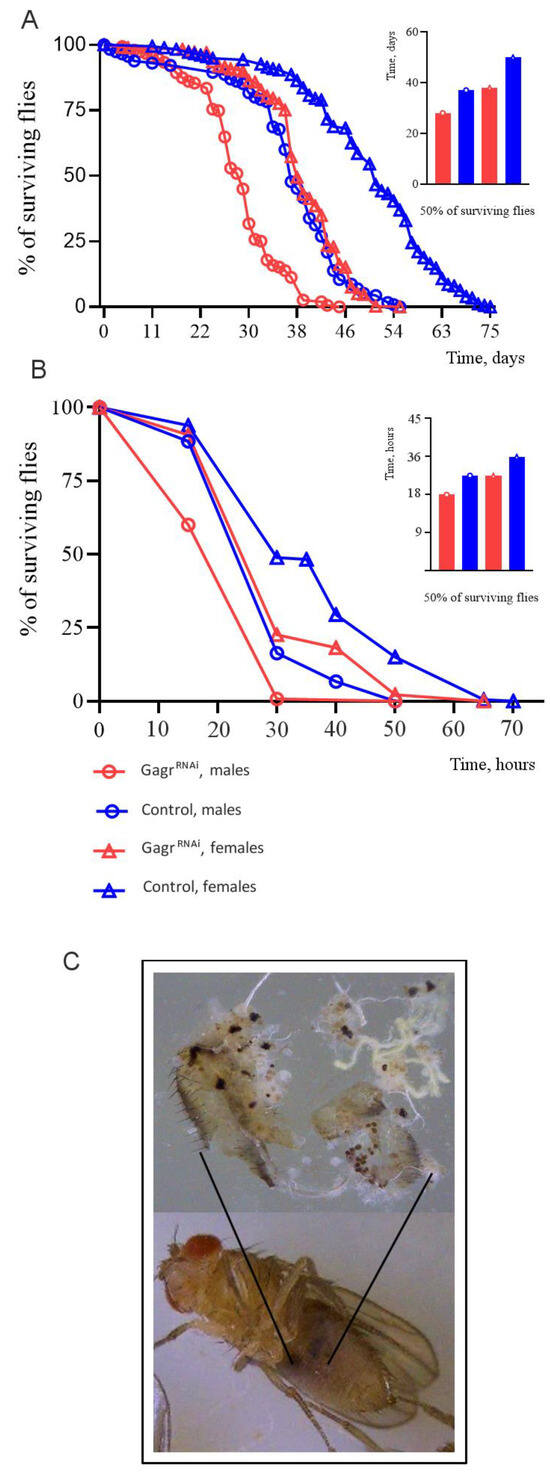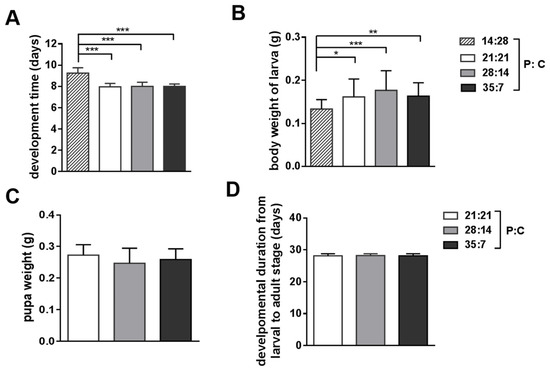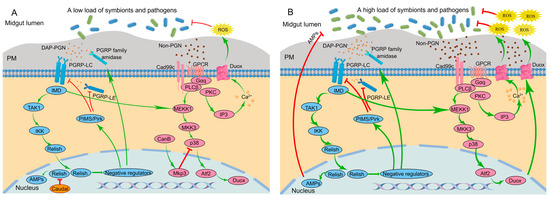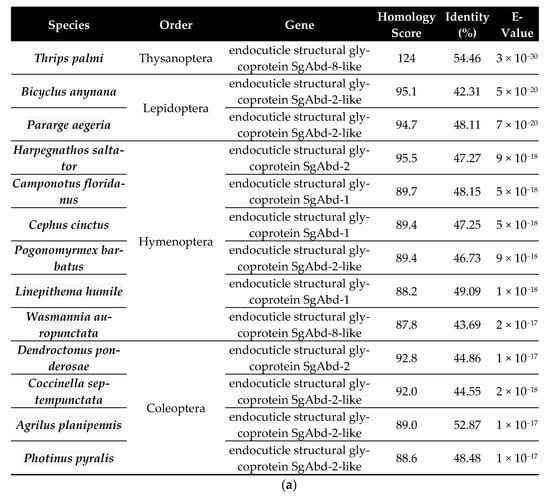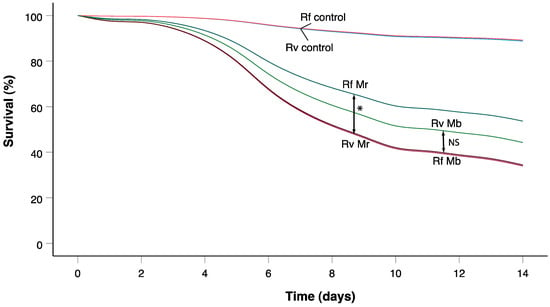Insect Immunity: Evolution, Genomics and Physiology
A topical collection in Insects (ISSN 2075-4450). This collection belongs to the section "Insect Physiology, Reproduction and Development".
Viewed by 7207Editor
Topical Collection Information
Dear Colleagues,
Innate immunity mediated by humoral and cellular components plays a pivotal role in combating infectious pathogens and sustaining life throughout all organisms, including insects. Insect genome studies have revealed that many immune molecules have been evolutionally conserved between insects and vertebrates. While insect immune responses result from the orchestration of immune molecules, insects can maintain immunological homeostasis to control immune processes and minimize devastating effects on survival and reproduction through the coordination of multiple signal pathways. Recent studies demonstrate that insect immune systems are more complex than previously thought, and unveiling the mechanisms of insect immune systems provides a unique opportunity to better understand insect biology.
Dr. Hyeogsun Kwon
Guest Editor
Manuscript Submission Information
Manuscripts should be submitted online at www.mdpi.com by registering and logging in to this website. Once you are registered, click here to go to the submission form. Manuscripts can be submitted until the deadline. All submissions that pass pre-check are peer-reviewed. Accepted papers will be published continuously in the journal (as soon as accepted) and will be listed together on the collection website. Research articles, review articles as well as short communications are invited. For planned papers, a title and short abstract (about 100 words) can be sent to the Editorial Office for announcement on this website.
Submitted manuscripts should not have been published previously, nor be under consideration for publication elsewhere (except conference proceedings papers). All manuscripts are thoroughly refereed through a single-blind peer-review process. A guide for authors and other relevant information for submission of manuscripts is available on the Instructions for Authors page. Insects is an international peer-reviewed open access monthly journal published by MDPI.
Please visit the Instructions for Authors page before submitting a manuscript. The Article Processing Charge (APC) for publication in this open access journal is 2600 CHF (Swiss Francs). Submitted papers should be well formatted and use good English. Authors may use MDPI's English editing service prior to publication or during author revisions.
Keywords
- insect innate immunity
- immunophysiology
- insect–pathogen interactions
- conserved immune molecules
- immune crosstalk






